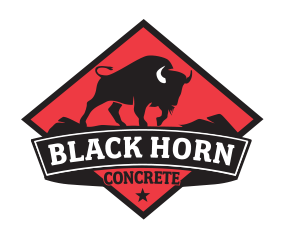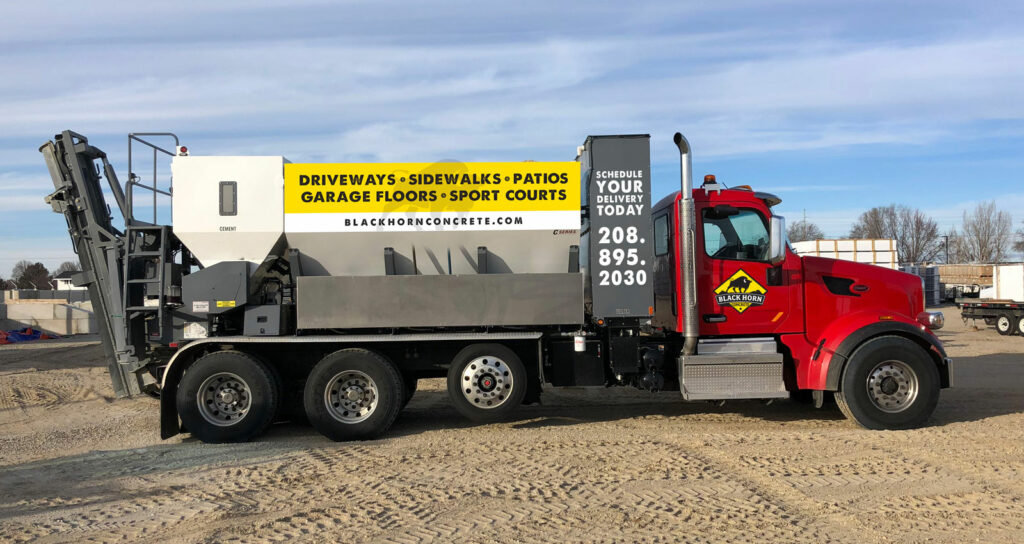Frequently Asked Questions
We use 3/4″ crushed rock. Due to the gradation of the rock, some of the stones are as small as pea gravel.
We do not carry wheelbarrows on the truck! Sorry! =(
It depends on several different factors, but normally you can walk on it CAREFULLY (No twisting!) in about 12 hours. After 48 hours you can remove the forms, but it’s better to leave them on for a whole week if possible. In 2 weeks you can park a car on your concrete. After 28 days, the concrete reaches its full strength.
It depends on the application, but usually for driveways or other heavy-use areas, yes, using rebar and/or mesh helps to reduce cracking.
Here are some guidelines:
| Footings and Foundations | 4000 PSI |
| Sidewalks | 4000 PSI |
| City Sidewalks | 4000 PSI |
| Hot Tub Pads | 4000 PSI |
| Driveways | 4000 PSI |
| Patios | 4000 PSI |
| Shops | 4000 PSI |
| Garages | 4000 PSI |
| Fence Posts | 2500 PSI |
Air entrainment means the induction of very small air bubbles into fresh concrete. When the concrete hardens, the air bubbles form small voids, and these voids give concrete additional durability in freezing or thawing conditions.
Here are some approximate values for underground tanks:
| 1,000 gallons | 5-6 yards |
| 675 gallons | 3 – 4 yards |
| 500 gallons | 2.5 – 3 yards |
To best protect your newly poured concrete, keeping it covered with hay or straw for two weeks should help.
It takes about 10-12 wheelbarrow full of concrete to make up a cubic yard.
One yard weights approximately 3,800 lbs. (nearly two tons).

